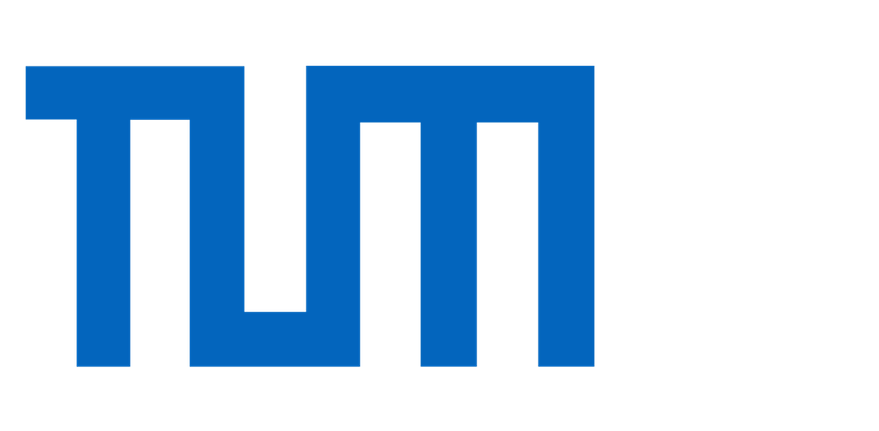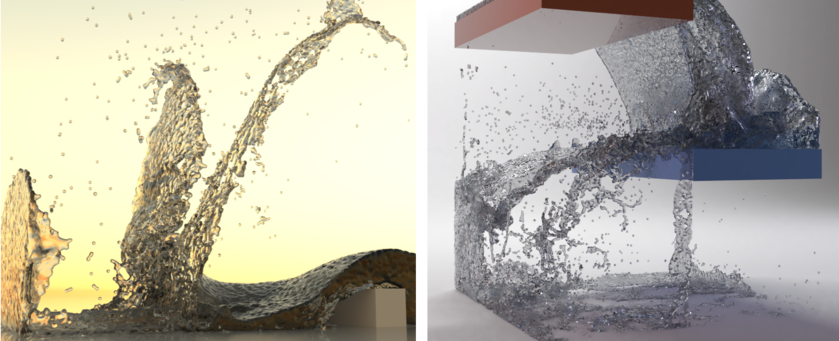We’ve just (i.e. finally) released the code for our SCA 2018 paper on learning sub-grid detail for Navier-Stokes (liquid) simulations with a stochastic deep-learning model. Our approach learns to predict the probability and a Gaussian distribution for under-resolved splash formations. It’s a good example from the larger field of “physics-based deep learning” techniques to enhance physics simulations with the help of neural network techniques. The code comes with a data generator based on our mantaflow framework, and TensorFlow code to train the neural network predictor.
You can check it out on github:https://github.com/kiwonum/mlflip
The corresponding paper and video can be found here.
Full abstract: This paper proposes a new data-driven approach to model detailed splashes for liquid simulations with neural networks. Our model learns to generate small-scale splash detail for the fluid-implicit-particle method using training data acquired from physically parameterized, high resolution simulations. We use neural networks to model the regression of splash formation using a classifier together with a velocity modifier. For the velocity modification, we employ a heteroscedastic model. We evaluate our method for different spatial scales, simulation setups, and solvers. Our simulation results demonstrate that our model significantly improves visual fidelity with a large amount of realistic droplet formation and yields splash detail much more efficiently than finer discretizations.

